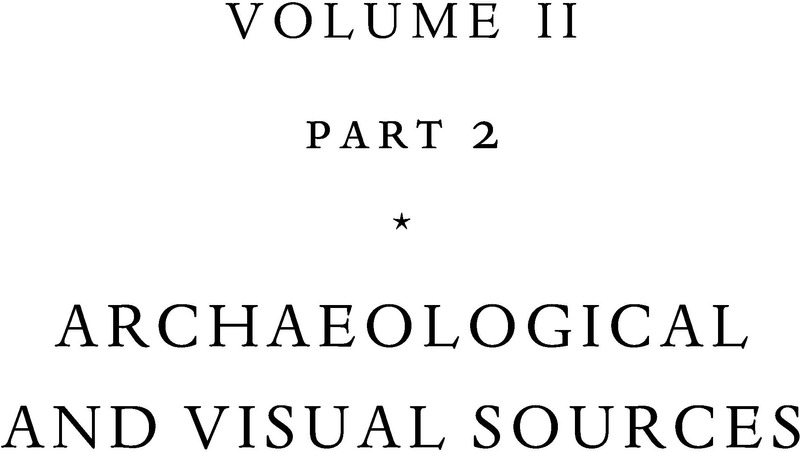Book contents
- The Cambridge History of the Mongol Empire
- The Cambridge History of the Mongol Empire
- Copyright page
- Dedication
- Contents
- Figures in Volume I
- Figures in Volume II
- Maps in Volume I
- Maps in Volume II
- Tables in Volume I
- Contributors to Volume I
- Contributors to Volume II
- Acknowledgments
- Notes on Dates and Transliterations
- Abbreviations
- Volume I
- Volume II
- Volume II Part 1 Literary Sources
- Volume II Part 2 Archaeological and Visual Sources
- Index to Volume I
- Index to Volume II
- References
Volume II Part 2 - Archaeological and Visual Sources
from Volume II
Published online by Cambridge University Press: 01 January 2024
- The Cambridge History of the Mongol Empire
- The Cambridge History of the Mongol Empire
- Copyright page
- Dedication
- Contents
- Figures in Volume I
- Figures in Volume II
- Maps in Volume I
- Maps in Volume II
- Tables in Volume I
- Contributors to Volume I
- Contributors to Volume II
- Acknowledgments
- Notes on Dates and Transliterations
- Abbreviations
- Volume I
- Volume II
- Volume II Part 1 Literary Sources
- Volume II Part 2 Archaeological and Visual Sources
- Index to Volume I
- Index to Volume II
- References
Summary

- Type
- Chapter
- Information
- The Cambridge History of the Mongol Empire , pp. 1273 - 1398Publisher: Cambridge University PressPrint publication year: 2023

